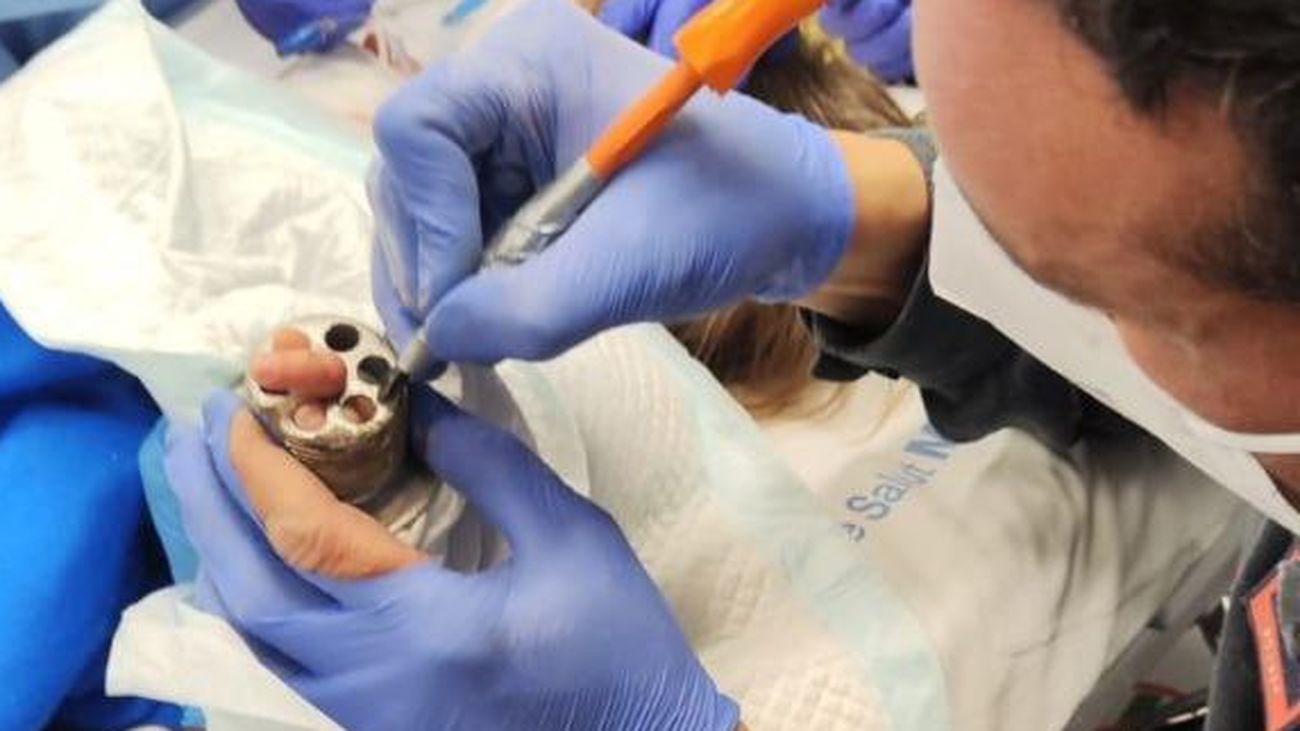The first biological, live and reprogrammable robots are here - La Provincia
The story they will read next is neither about robots nor about the manipulation of life forms in incipient stages. Nor is it about the genesis of artificial life. It is more complicated than all this. It's about the creation of a new type of living machines. Once a warning is issued about the complexity of this achievement, there goes the news. A team of researchers has announced the creation of lowercase letters "completely biological machines", barely a millimeter in size, from frog embryonic cells. That is, from scratch. "It is a new type of artifact: a live and programmable organism", qualifies Joshua Bongard, one of the researchers responsible for this creation.
We are, therefore, before the first time an artificial organism is created (or robot, so that we understand each other) starting only with live and reprogrammed cells. But that is not all. The achievement, published this Monday in the scientific journal PNAS, also answers one of the great questions of biology. How cells cooperate to build functional bodies and how we can intervene in this process to build as we please an organism that exercises a specific function. It is, therefore, a decisive step in the attempt to control the rules of the game of biology.
Hence the scientific community welcomes this new success with emotion. Ricard Solé and Núria Montserrat, independent experts consulted by this newspaper, agree that This milestone marks a before and after in research on living machines. "It is a very important proof of concept and I understand the enthusiasm, but there is still a long way to go before we can measure its possible applications," said Solé, an ICREA researcher at the Institute of Evolutionary Biology (IBE, UPF-CSIC). "They have achieved something revolutionary, which is to generate functional structures thanks to the combination of machine learning and biological programming. But the most interesting part of this research is that it delves into questions that have been in the air for over a hundred years, such as how cells group together to create specific structures and perform certain functions, "adds Montserrat, ICREA research and Group leader at the Bioengineering Institute of Catalonia (IBEC). "We are facing a disruptive field of study in which we work with ideas outside the established", underlines the researcher.
Programming life
To understand the birth (or creation, depending on how you look at it) of these "first living robots" you have to go from the beginning. The experiment begins in the bowels of the supercomputer 'Deep Green' of the University of Vermont. It is there where the researchers, led by evolutionary robotics expert Sam Kriegman, executed an algorithm to investigate, from a database with a hundred digitized cells, what combination of elements could lead to a new way of life that , further, was able to execute basic tasks on his own. The simulations revealed what were the most promising designs that would have to be studied in a laboratory.
Already in the hands of a team of biologists from Tufts University and with the collaboration of Douglas Blackiston, the researchers tried to make the success achieved 'in silico' will also come to life 'in vitro'. In this second stage of the experiment, stem cells extracted from embryos of African frogs (Xenopus laevis) were collected. These, in turn, were separated into individual units and allowed to incubate. Then, with the help of tiny tweezers and electrodes, the experts set out to cut and glue the cells in the combinations that had thrived on the supercomputer. And that was where the magic arose. Or rather, where science managed to 'join a new way of life'.
The researchers emphasize that these combinations of cells created in the laboratory do not exist in nature. Hence, given their architecture, they can be considered as robots. Or, in this case, in honor of the frogs that lent their embryos to the experiment, we would be before the first 'xenorobots' that come to life thanks to the combination of the rules introduced by programming and a spontaneous self-organization. The combination of skin cells with heart muscle cells, for example, resulted in a millimeter artifact capable of moving in a straight line and exploring its surroundings for days. Other designs, on the other hand, showed microscopes their ability to move in circles and push some granules towards a common point.
Future applications
And, for now, this is all that has been achieved. But what for many might seem like a brief milestone, in the future it could lead to an infinite number of applications. Michael Levin, one of the researchers responsible for this study, explains that the future evolution of these 'living robots' will have "a massive impact on biomedicine". In the long term, if it is possible to decipher how to instruct a cell to exercise a specific function, experts propose a revolution in the field of regenerative medicine. One could, for example, design or regenerate body parts. "The long-term goal here is to discover how living agents (cells) can be motivated to build specific things, and how to exploit their plasticity and competence to do things that are too difficult," argues Levin. But, for now, since it is early for enthusiasm, experts choose to turn their enthusiasm into scientific achievement itself and, from there, continue researching.










